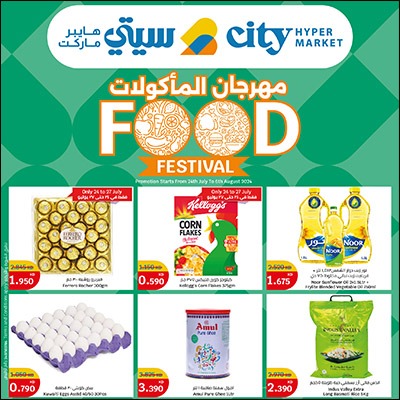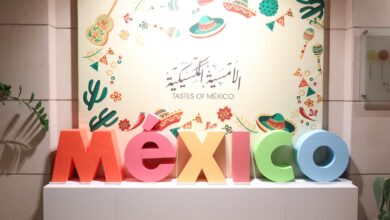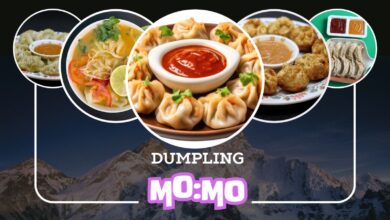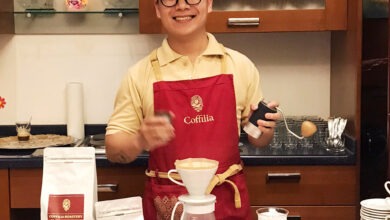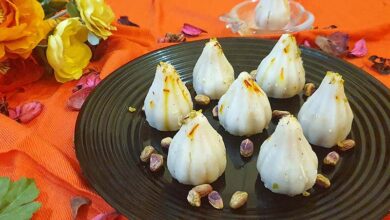Food journeys of a life time: Cuba & Vermont
Extraordinary places to eat around the globe
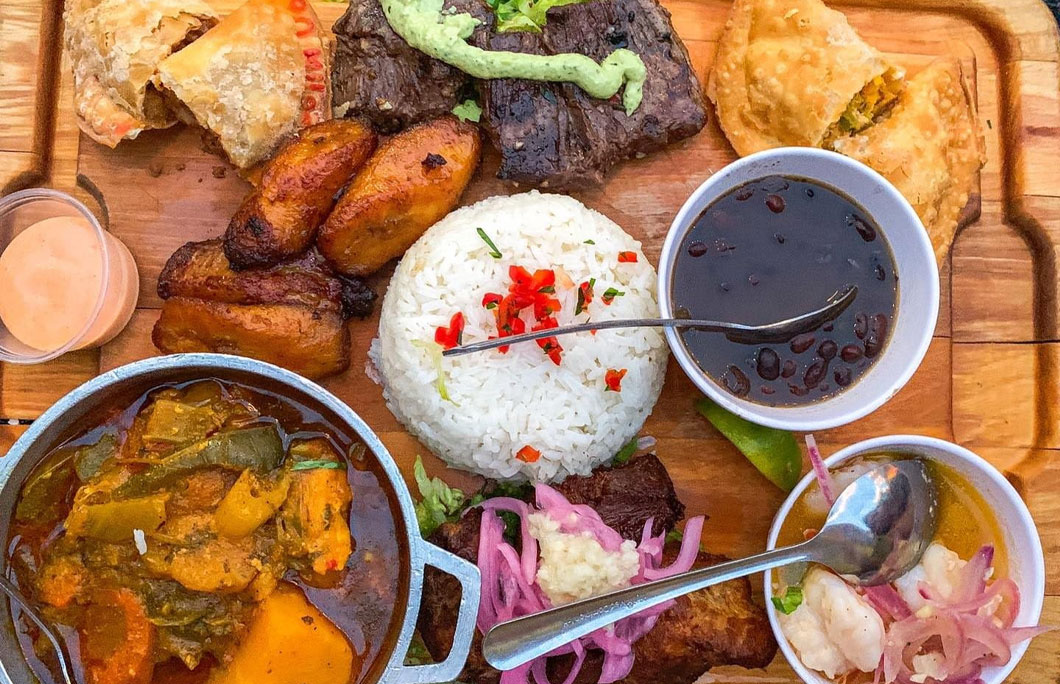
Eating is part of what makes travel so exhilarating. When one thinks of a place, one of the memorable experiences recalled is either because of the food eaten pr the people one has shared it with. A meal abroad is more than an intake of calories, it is an exercise in cultural immersion. What people eat, when they eat, where and how they source their food, what gastronomic rituals they observe- all offer telling insights into a place and its people. Celebrating a unique relationship between food and travel, between place and plate, this endlessly fascinating adventure will b regularly featured in our pages.
Cuba
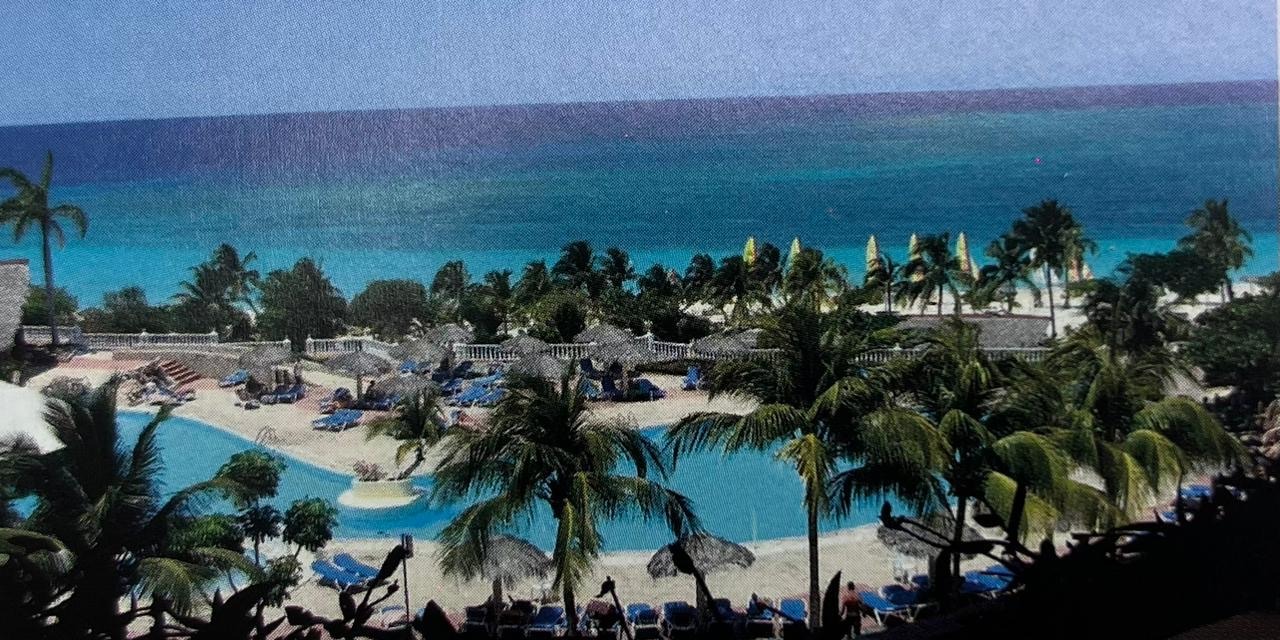
Home-eating in Havana
Enjoy authentic local food in a private home in Cuba’s capital, and learn the secrets of how it is cooked.
Cuba is no stranger to revolutions. And the most on culinary been universally toasted. There was a time when visitors to the island’s capital Havana, were restricted to a limited choice of expensive restaurants offering mediocre food.
All that changed in 1995, with the legalization of ‘paladares independent, state-sanctioned dining rooms in private) family dwellings. Here, amid the crumbling grandeur of this most atmospheric of Cuban cities, you can eat home- cooked food while also contributing much-needed revenue to individual households.
The fare may be simple, such as pollo (chicken) with Morosy Cristianos (literally “Mors and Christians, black beans with white rice) or Puerco with rice and fried plantains. More sophisticated dishes include tuna in coconut sauce or red snapper in beurre blanc sauce. But even when the food is humble, it is always fresh, wholesome, and cheap.
Competition from the highly successful paladares has led Havana’s conventional restaurants to improve their standards. Even so, don’t miss the chance to try a paladar. In houses that are not normally open to tourists, you will learn how habaneros, the city’s inhabitants, cook, and you will experience local hospitality first hand, which is what eating in Havana is all about.
When to go: Any time of the year, but November through April is best if you want to avoid excessive heat.
Planning: No visit to Havana is complete without going to the two best-known paladares: La Guarida and La Cocina de Lilliam. Both serve excellent food in attractive surroundings. With these and the other more popular paladares, be sure to book ahead. You may also want to visit private eating houses in other parts of the island. The town of Trinidad in central Cuba is exceptionally beautiful and has a wide range of paladares.
Website: www.cuba-junky.com, www.laguarda.com
Maple products
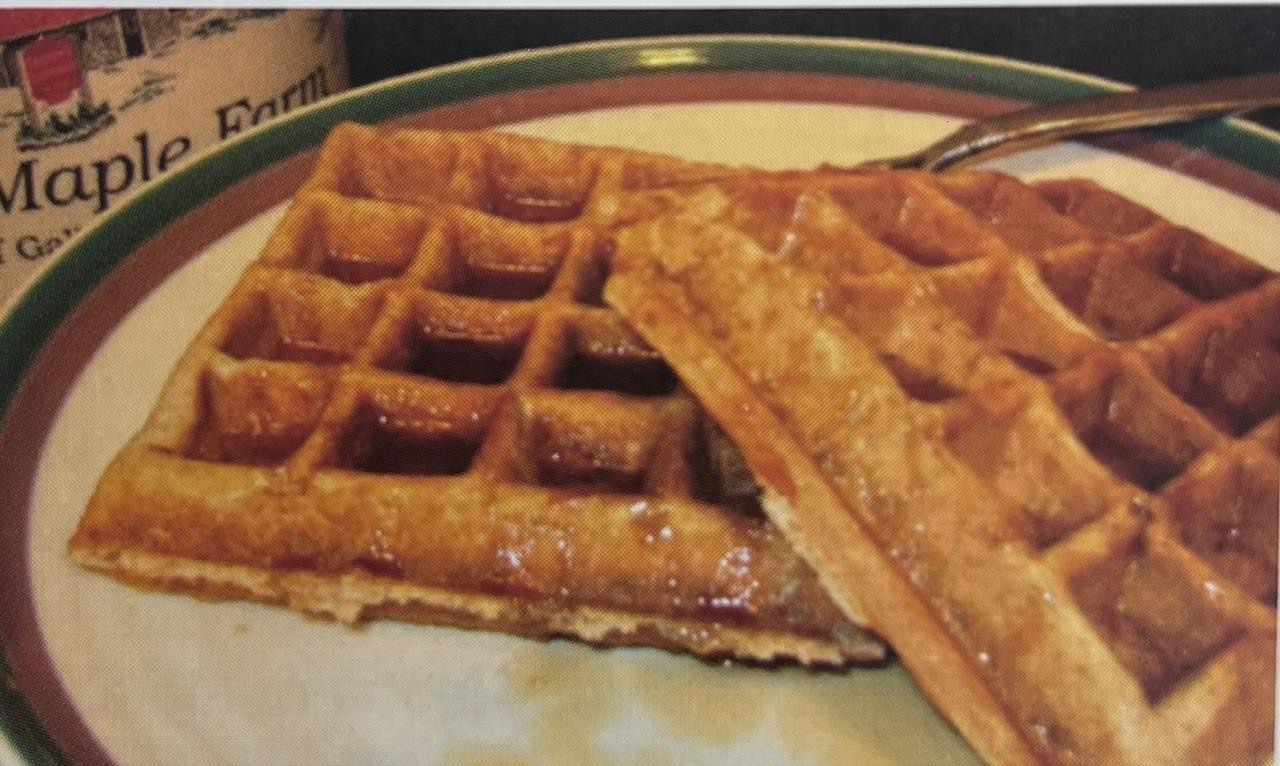
- Maple syrup is best known as a topping for pancakes and waffles; but that is just the beginning. The sweet, chick liquid is added as a flavoring to everything from meats to desserts, including even vodka. And, like the early Native Americans, many sugar-makers make maple or Indian sugar by boiling syrup until most of the water has evaporated, leaving a crumbly, granular sugar.
- Syrup boiled down to a thick consistency can be pressed intomoids and hardened to make small candies known as sugar cakes. Maple cream or maple butter, used as a spread for toast and muffins, is another Vermont favorite. The sweet cream results from bolling the syrup, cooling it rapidly, and stirring until are smooth.
Bending the rules
➢ By law, paladares are not allowed to take more than 12 diners, and are only permitted to serve rustic food. Seafood is supposed to be served only in hotels and restaurants, butmay be available if you ask.
Vermont
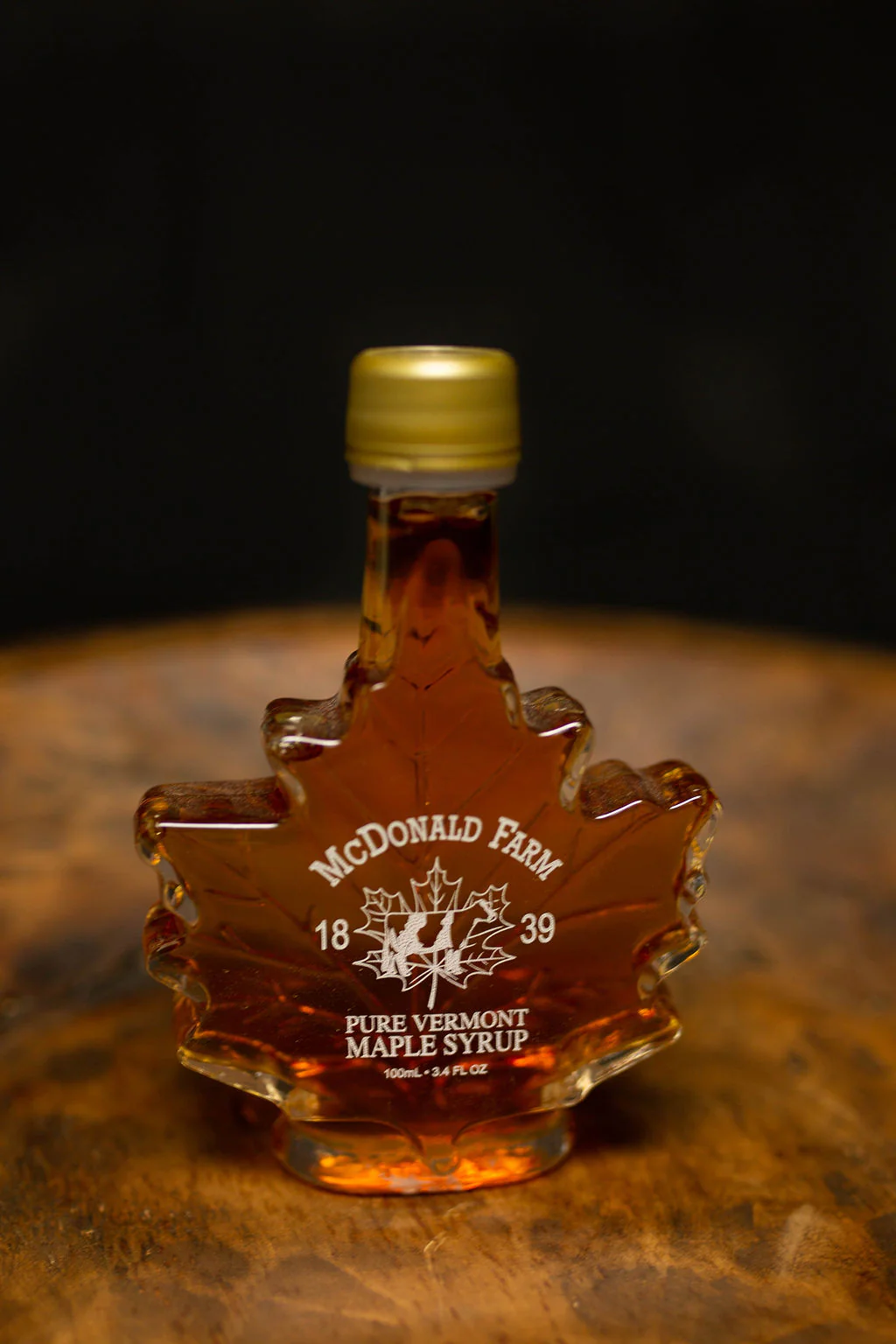
Maple syrup
As winter draws to a close, visit Vermont to find yourself in maple heaven.
A cloud of steam envelops visitors as they push open the door to a Vermont sugar-house where sap from the local ‘sugar-brush’ (stand of maples) is boiling down in large metal pans known as evaporators.
The sugar-maker raises a dipper of the amber liquid and watches as it drips back into the evaporator to test whether it’aprons’ (drips off the end of the dipper in sheets)- an indication that the sap has reduced to a syrup and is ready for pouring off. It is a scene repeated in sugar-houses across Vermont from late February through early April, when a succession of freezing nights followed by warm days causes the sap to run.
To tap the trees, holes are drilled through the sapwood (outer tree trunk) at a slightly upward angle and fitted with spouts or taps. The sap flows out through the tap-holes and is collected either in buckets hung on the taps or via plastic tubing.
Purchase a gallon of maple syrup and a handful of map-sugar cakes, or head to a sugar-on-snow party at one of the local town festivals or sugar-house open house weekends. At these, hot syrup is dribbled over a dish of fresh snow and hardens in lacy patterns as it cools. Scoop up the maple with a Popsicle stick and take a lick. You can cut the sweetness with a bite of a sour dill pickle.
When to Go: The sugaring season, though weather-dependent, traditionally begins around town meeting Day, the first Tuesday of March, and extends into April. The annual Vermont Maple Open House Weekend, when a number of sugar-houses open their doors to the public, is held the first weekend of spring.
Planning: Many suga-thouses welcome visitors during the season, but call ahead to make sure they are boiling that day, and dress for the cold Sugar-on-snow parties are held each year as part of early spring festivals and listed in the local press or on the Vermont Maple Sugar Makers Association website.
Websites: www.vermontmaple.org, www.travel-vermont.com







